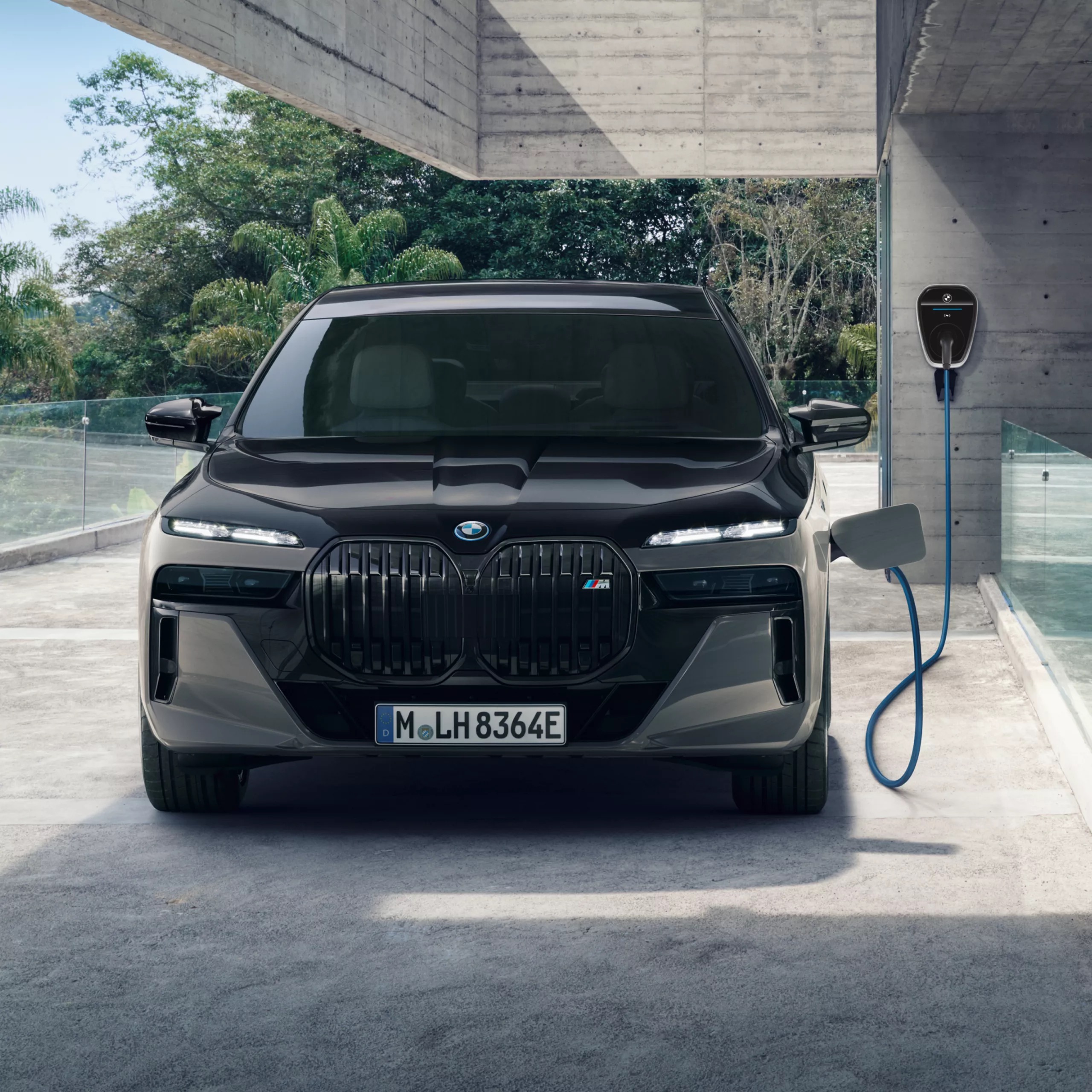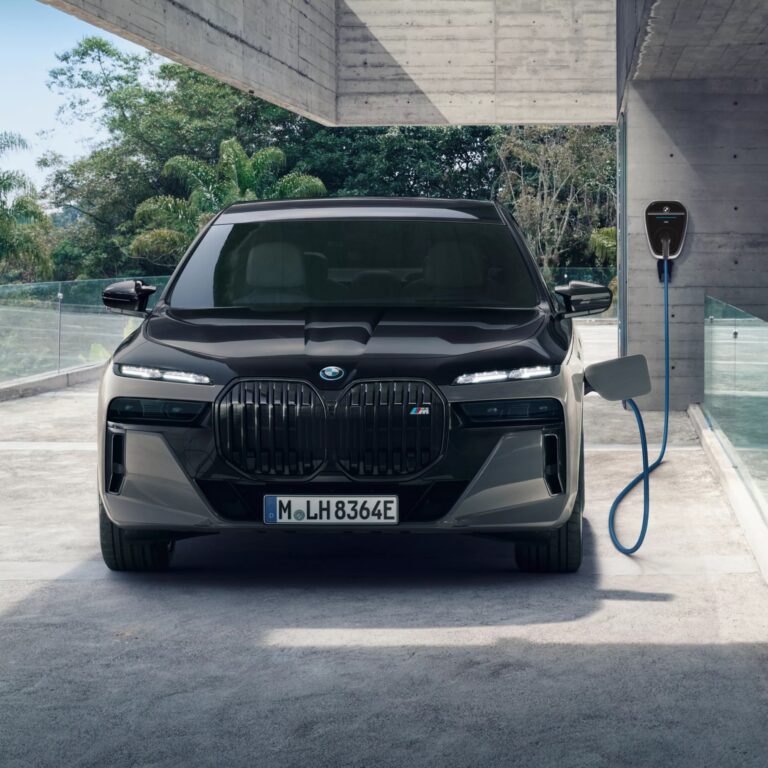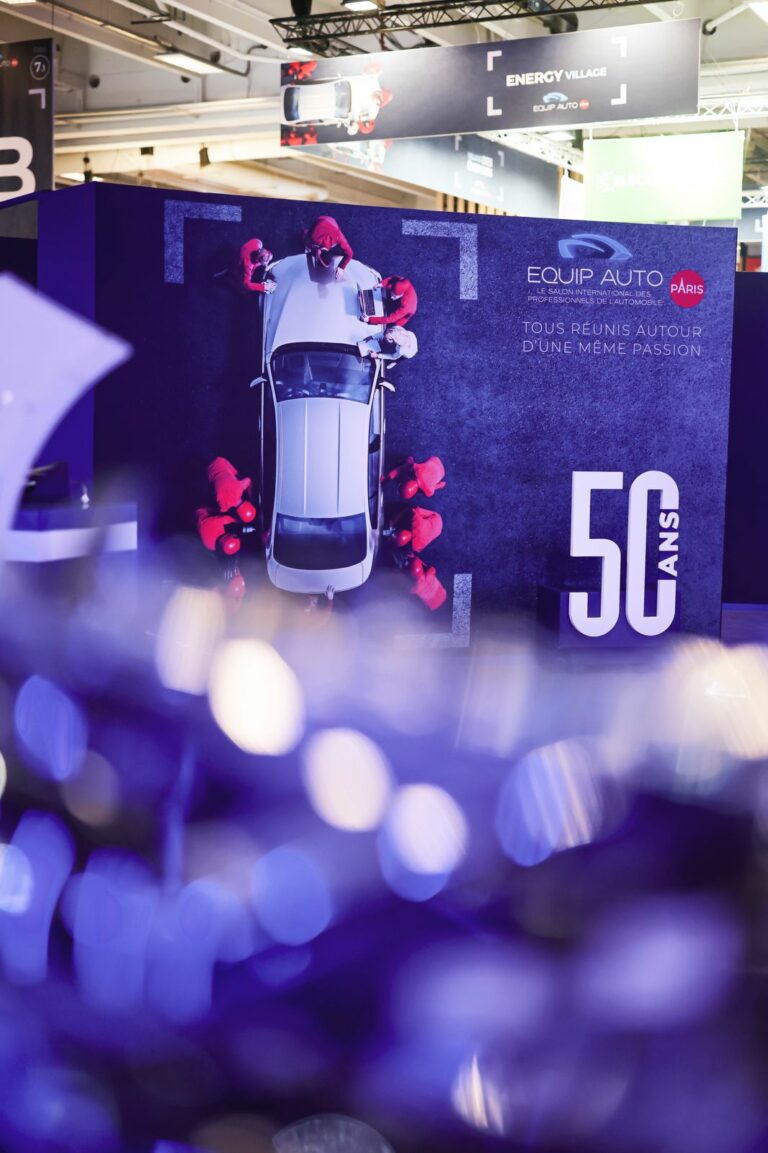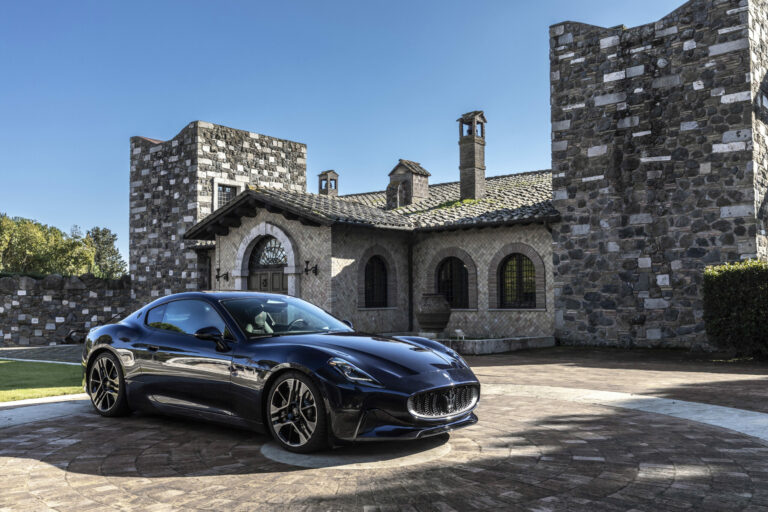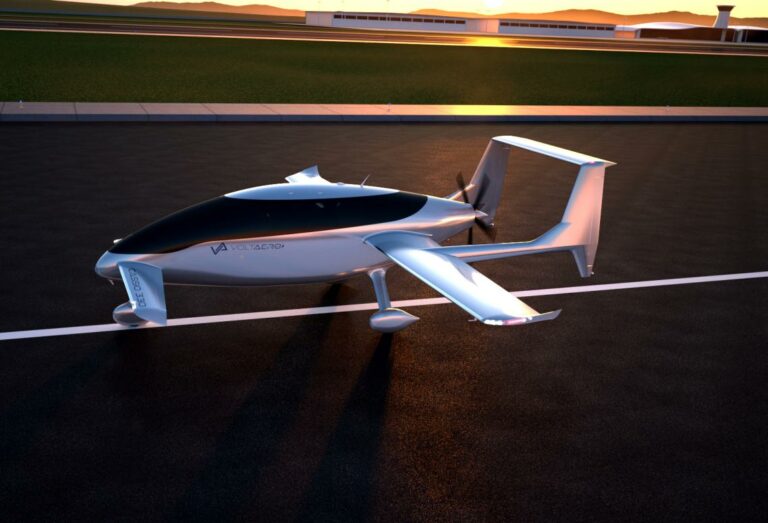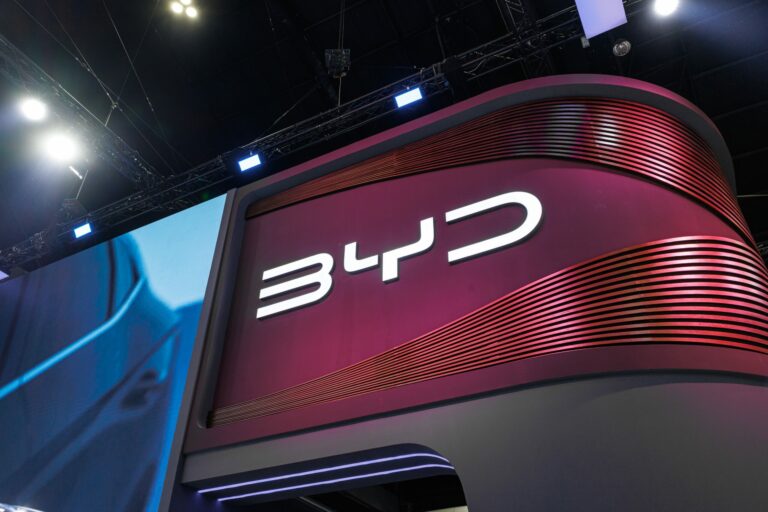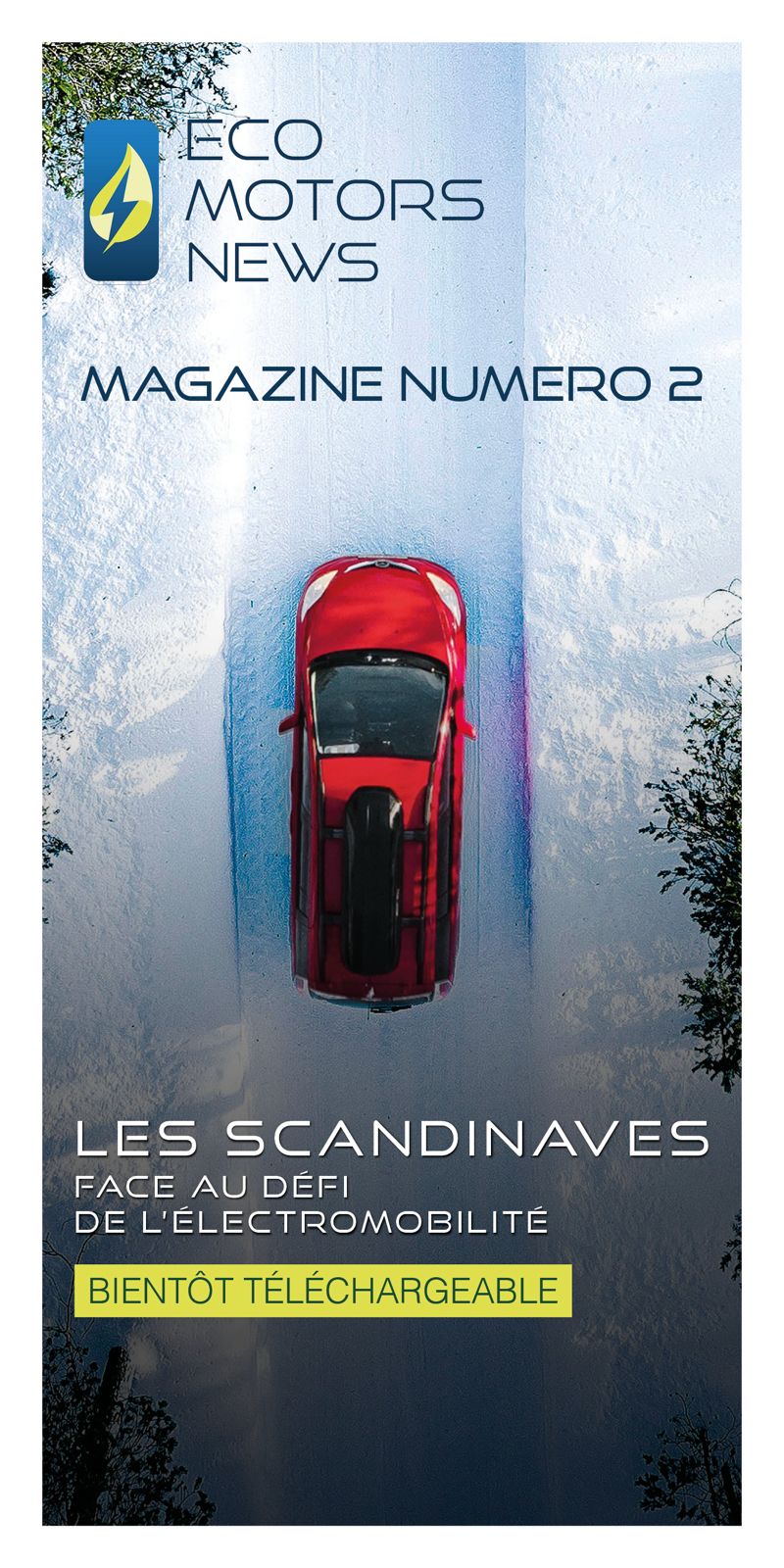Hybrid cars and plug-in hybrids are becoming increasingly popular, but their effectiveness depends largely on the type of journey. Knowing the right routes can maximise economy and range. Find out how to get the most out of your hybrid vehicle.
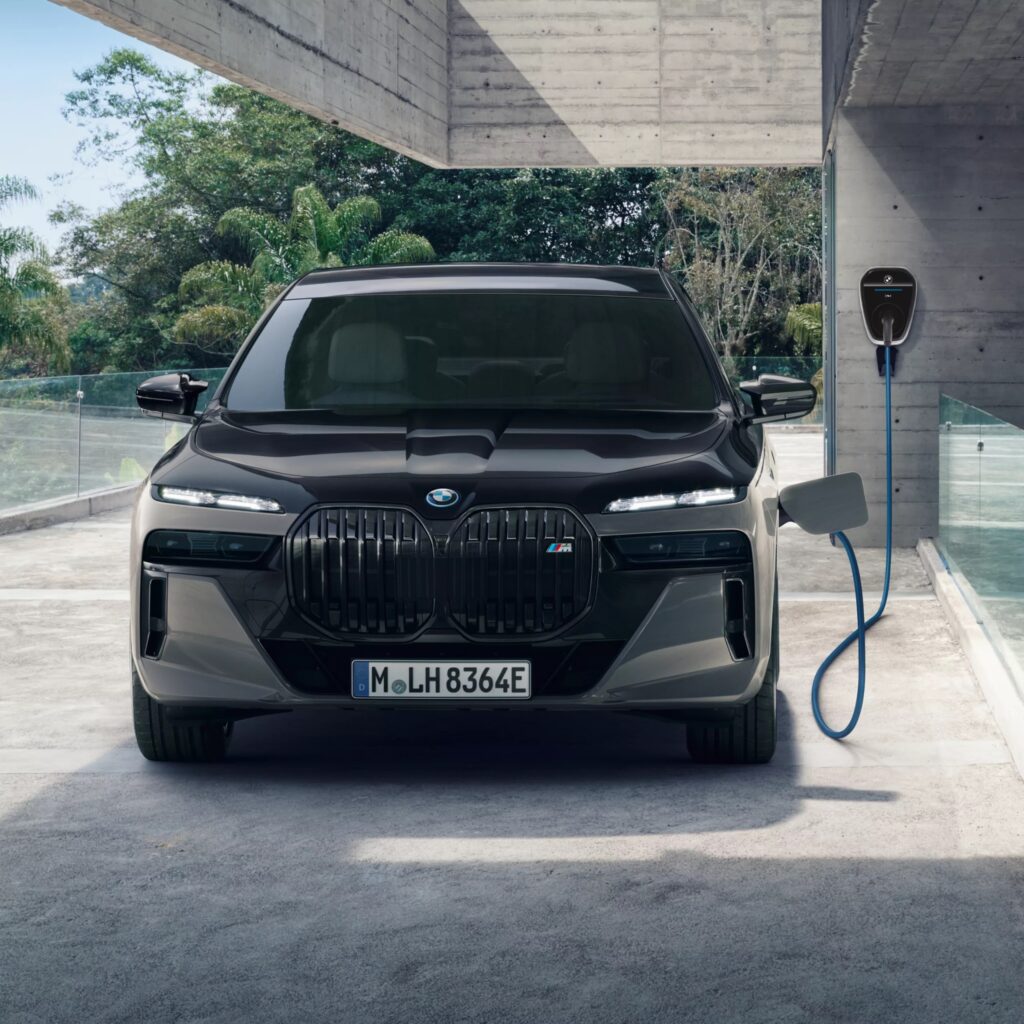
Why the type of route influences performance
A hybrid (HEV) combines a combustion engine and an electric motor, and each expresses itself differently depending on the road. In town, frequent stops allow the electric motor to take over, reducing fuel consumption. On the motorway, the engines alternate, but the internal combustion engine dominates, limiting the immediate ecological benefit.
In the case of rechargeable hybrids (PHEV), the situation is slightly different: if the battery is charged, the vehicle can be driven in 100% electric mode for several kilometres, even on a mixed journey, further reducing fuel consumption and emissions. The internal combustion engine only comes into play when the battery is discharged or under heavy load. Understanding these differences optimises your journeys and your fuel budget.
Urban journeys: the hybrid’s biggest advantage
Hybrid cars are particularly efficient in towns and suburbs, where there are frequent stops and starts. Red lights and traffic jams allow the battery to recharge thanks to regenerative braking. In practice, it fills up when decelerating and then empties immediately during acceleration, supporting the combustion engine. This greatly reduces fuel consumption and pollution, while making driving smoother and quieter. To get the most out of a hybrid, it’s best to increase the number of short urban journeys.
Rechargeable hybrids go even further, with a battery that can be plugged into a socket or terminal. They often offer up to 40 kilometres of 100% electric range, perfect for everyday city driving. This driving mode means that fuel is not used at all on short journeys, making the car much more economical. Once the battery is empty, regenerative braking provides a little support, but the combustion engine takes over again. The plug-in hybrid is therefore particularly suited to urban drivers who travel less than 40 km before being able to plug in. On long journeys, its weight can slightly increase fuel consumption. However, for city driving, it remains the most cost-effective and cleanest solution.
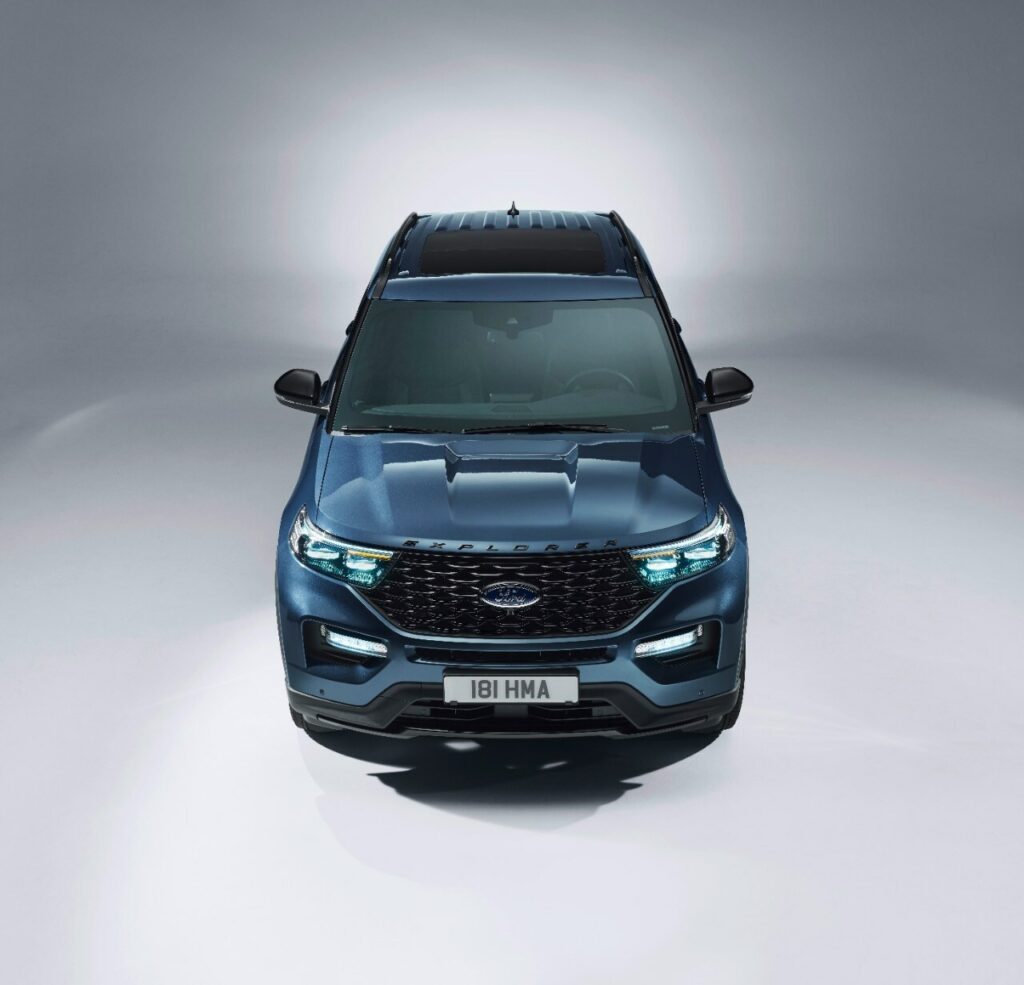
Secondary roads: the ideal compromise
Secondary roads represent a compromise between town and motorway. They allow the combustion engine and the electric motor to take harmonious turns. Moderate acceleration and low speeds promote energy efficiency. Drivers can therefore extend their range and reduce wear and tear on the combustion engine, while maintaining a pleasant, stable ride.
For plug-in hybrids, this type of journey is particularly advantageous when the battery is sufficiently charged: the vehicle can operate in 100% electric mode for a good part of the journey, which considerably reduces fuel consumption and emissions. Regular use of secondary roads allows maximum use to be made of electricity before the internal combustion engine kicks in.
Motorways: fewer advantages
In conventional hybrid cars, the combustion engine takes over most of the time, because high speeds limit the use of the electric motor. Fuel consumption therefore remains close to that of a conventional petrol car.
In the case of rechargeable hybrids, the electric motor can still be used for a few kilometres at low speeds or during acceleration, but the internal combustion engine dominates overall. Driving on the motorway means that you need to plan your battery charging to make the most of the electric mode and limit fuel consumption.
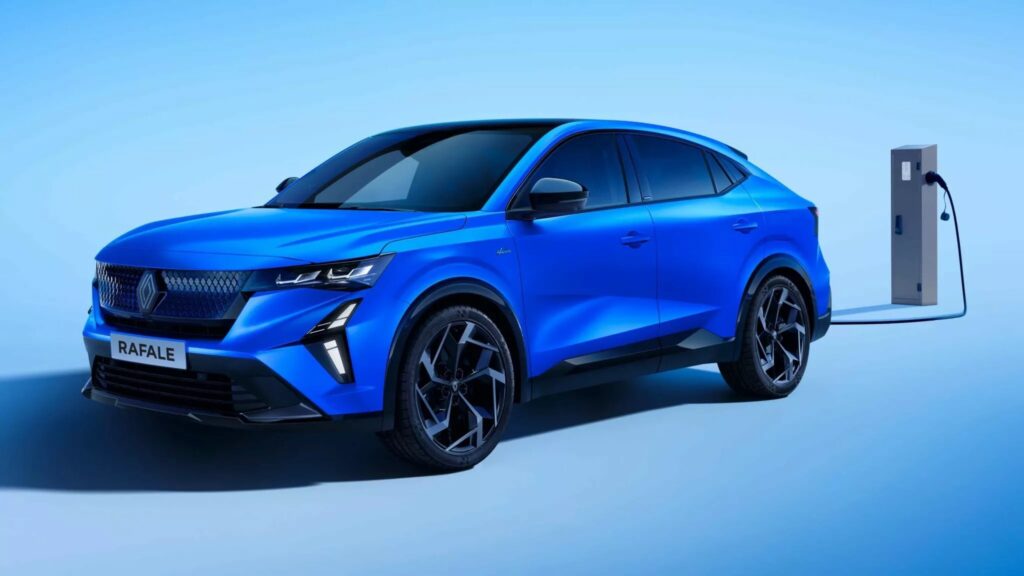
Adapt your journeys to extend your battery life
For hybrid cars, fuel consumption and efficiency depend very much on the type of journey. Very short, repetitive journeys can limit energy efficiency, because the combustion engine doesn’t always heat up completely and energy recovery through braking is less optimal. Mixed journeys, combining city driving and secondary roads, are therefore ideal: they allow the electric motor to take over, recover energy when braking and reduce overall consumption.
For plug-in hybrids, these mixed journeys are even more advantageous if the battery is charged, as the vehicle can run in electric mode for several kilometres before the combustion engine kicks in. On the motorway, the combustion engine dominates most of the time, even for a PHEV, and the electric motor only contributes in very short bursts, such as when relaunching or overtaking at moderate speed.
Planning routes to avoid traffic jams and adopting a fluid driving style helps to limit fuel consumption and optimise efficiency. Understanding these principles helps every driver to get the most out of their hybrid vehicle, reduce costs and contribute to more sustainable mobility.

